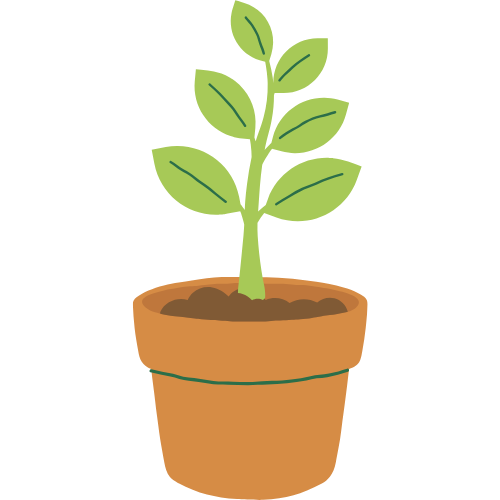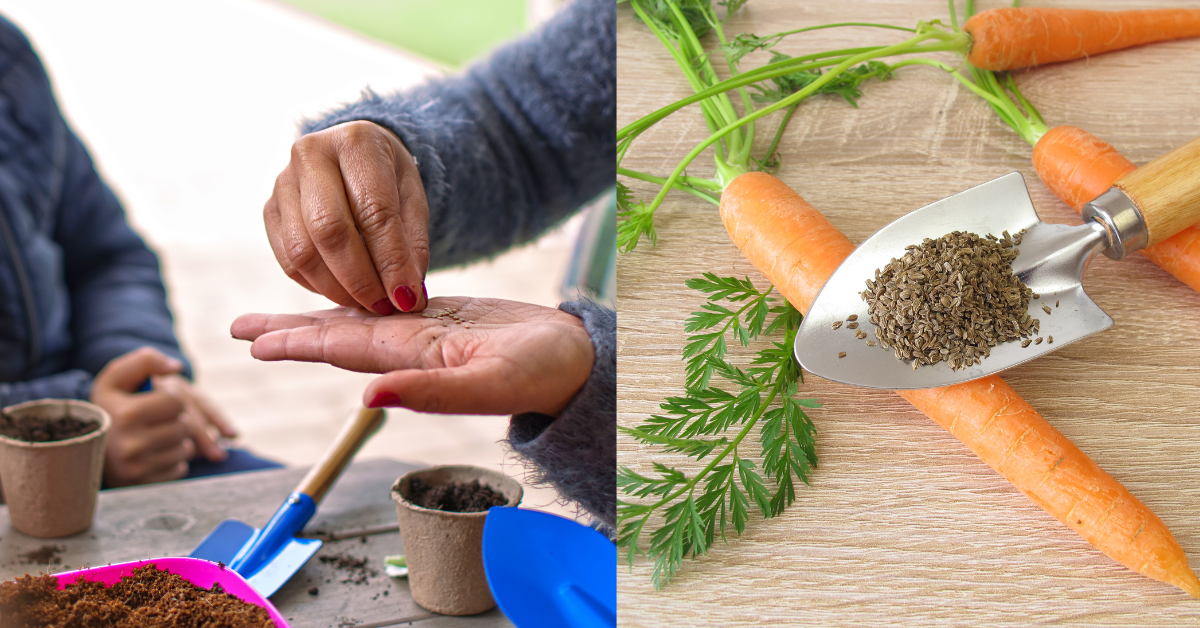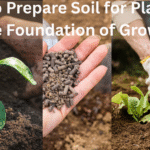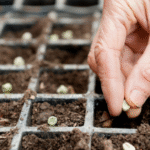Whether it is a pot of flowers on a window still or a large vegetable plot, the secret to any garden starts way back before the planting time. It begins with one, and most often ignored, element: the seed. Selecting the seeds of high quality is the most basic action to have a healthy, and fruitful harvest. However, with myriads of options out in the market, how do you differentiate between a good seed and a bad one? This guide will guide you through the major features you need to look out for and easy tests that you can use to find out seeds that have the best chances of success.
The Qualities of a Good Seed
High-quality seed is more than packaged genetic blueprint, it begins life as a small bundle of potential, with a living embryo and a reserve of food stores to help it grow during its early life. It has a number of identifying features that make it have a good beginning.
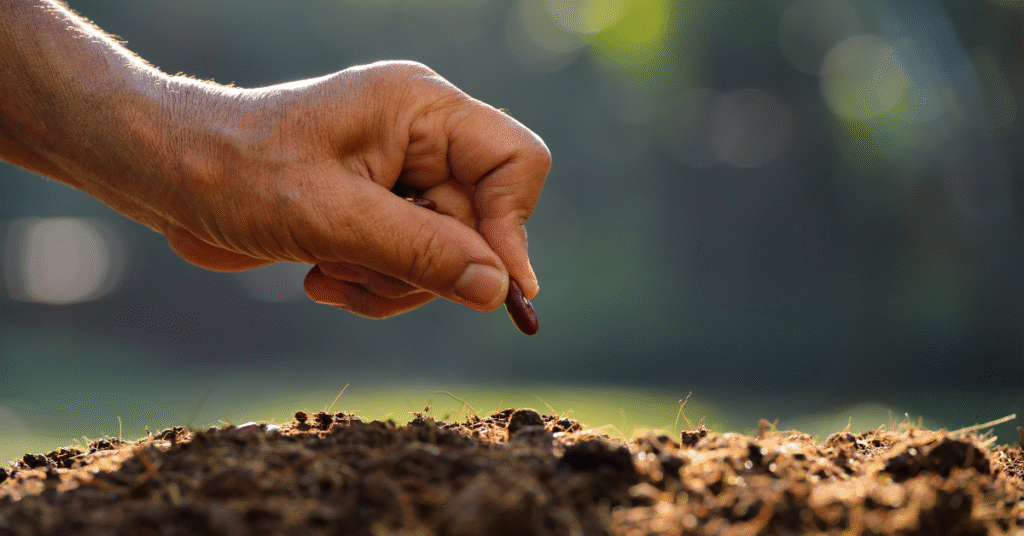
- Viability and Germination Rate: Viability acts as a characteristic feature of a seed in whether it can germinate, develop into a healthy plant. Germination The germination rate, that percentage of the seed that will grow in not too far away perfect conditions is usually a listed value on the packet of seeds. This is followed by a high germination rate (generally over 80%) as a good sign of quality.
- Physical purity: Good seeds should not have any impurities. This includes seeds of weeds, and remains of other crops, pieces of rock, soil and vegetation matter. A clean seed lot also keeps down the weeding chores and gives you something to plant that you wanted to plant in the first place.
- Genetic Purity (True to Type): Remains true to the variety, the seeds will produce true plants the way the variety on the packet is called. This is very important when it comes to the planning of a garden as it enables one to have the exact color, size, flavor or yield that has been anticipated.
- Physical Hygiene: Look at the seeds themselves. They ought to be of the same size as well as shape and a similar color of their variety. Use only seeds that are not shriveled, discolored, broken or damaged. Such blemishes may prevent a seed from germinating and produce a weak, unhealthy seedling.
- Seed Health: Seeds of good quality do not carry diseases and other pests. A healthy seed will not give rise to fungi or insect infestation that can expose the soil and other plants to infection.
At Home Tests to Check Seed viability.
You can do a few simple tests to make sure your seeds are viable before planting, especially when you are working with the older seeds or with a packet that does not list a germination rate.
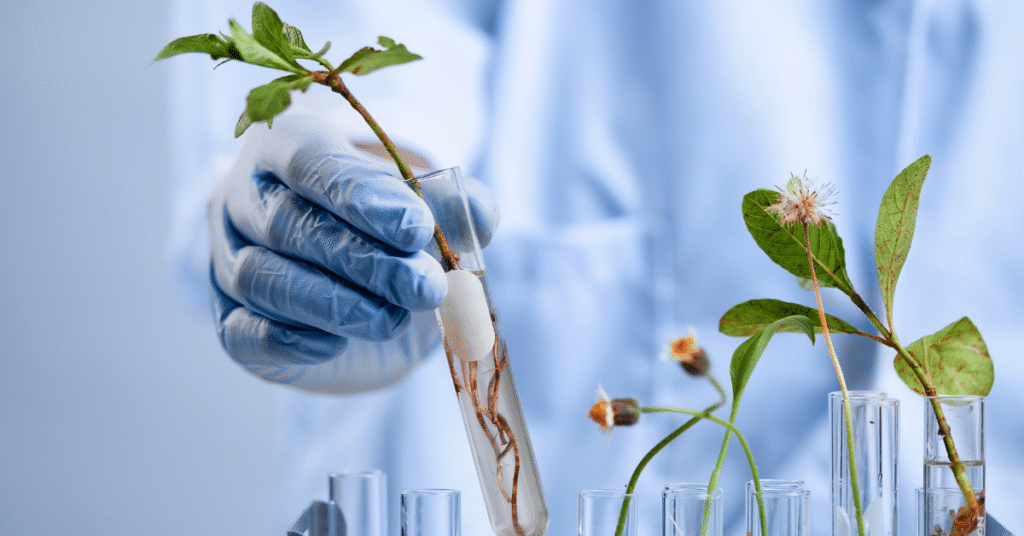
- The Float Test (larger seeds): This is an inexpensive and quick method of getting at least a general sense of viability regarding larger seeds such as beans, peas and corn.
- Take a handful of seeds and put that into some water.
- Leave them to stand 15 minutes.
- Sinking seeds are normally good seeds and are healthily dense.
- Floats: Non-viable seeds tend to float because they are hollow or hard dried up.
- Paper Towel Test (all seeds): This approach gives even better counting of the percentage of germination and nearly any seed can be tested.
- Use a paper towel and wet it so that it is not soaking but very wet.
- Put 10 seeds on one side of the paper towel, where they are evenly spaced.
- Soak the other half of the paper towel in the seeds.
- Place the folded paper towel in a plastic bag or a container just to keep it moist.
- Place the bag in a hot dark location.
- Maintain the dampness of the towel and have a look at the seeds regularly.
- After a couple of days or weeks (depending on the type of seed) you can count the amount that have sprouted.
- The percentage of germination will be in the number of sprouted seeds out of the 10 seeds (e.g. 8 out of 10 is 80 percent germination rate). The germination rate should be 50 per cent or better which means that your seeds are still OK to plant, but you can plant them a bit closer together.
How and where to find and purchase typical seeds of high quality.
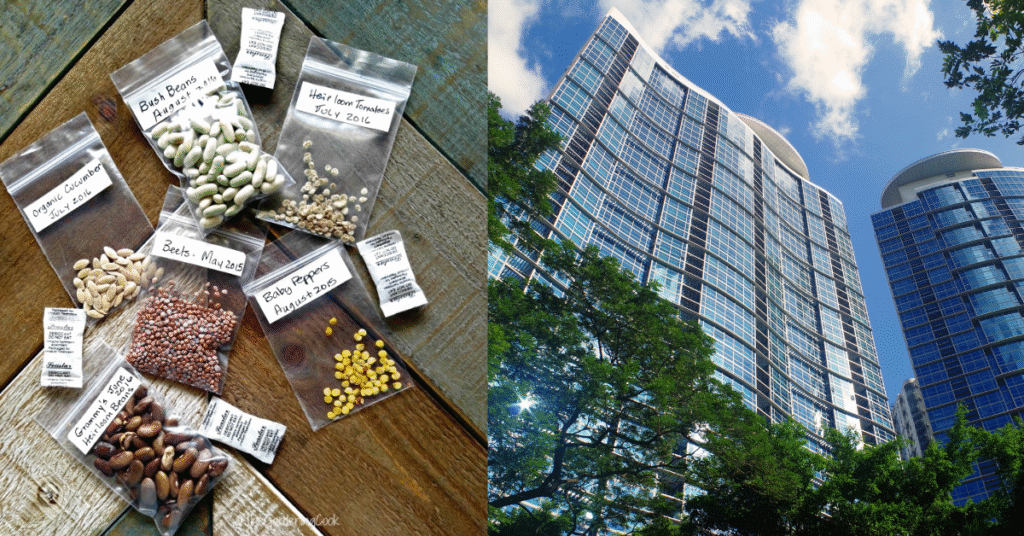
- Famous Seed Companies: The surest way to get quality is to purchase the seed of the famous seed companies. These companies pay great attention to quality control and frequently offer a lot of information on their packets, as germination rate and date by which the product is packed.
- Local Nursery: Shopping at a local nursery may be a great choice too, as these stores are likely to have seeds, that are well-adapted to your particular climate and growing conditions.
- Seed Packets: Check the seed packet to make sure you have a lot of information. Check the date to see that it is packed or sell by date to get a fresh one. The best packet is preferably one of the current or preceding year. Do not use packets that have seen sun or otherwise have not been stored well.
By getting to know these principles and spending a little bit of time analyzing your seeds, you are giving your garden the best chances possible. A good, strong plant starts with a good seed, and with a bit of information, you will be able to make sure your efforts in gardening end up in an abundant harvest.
